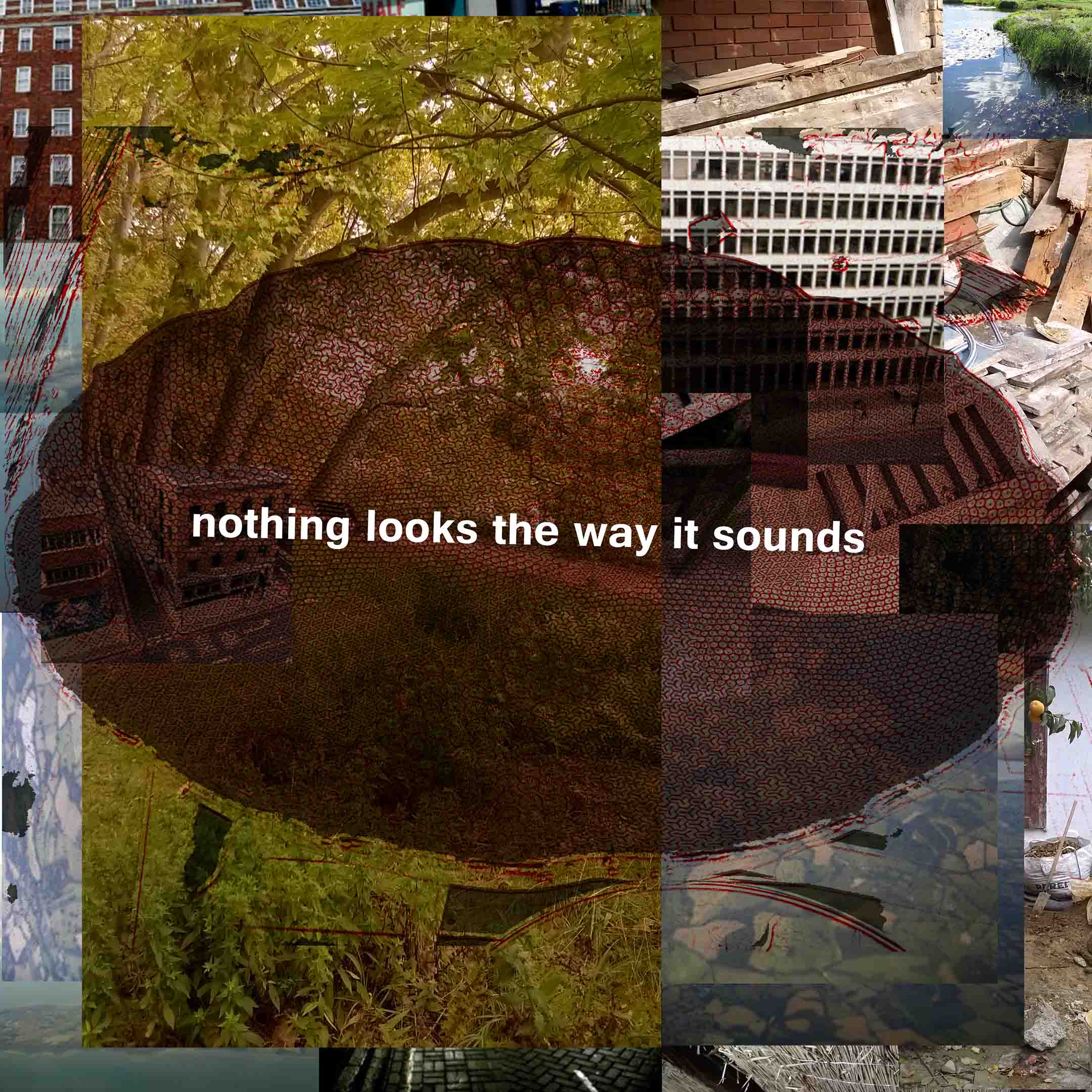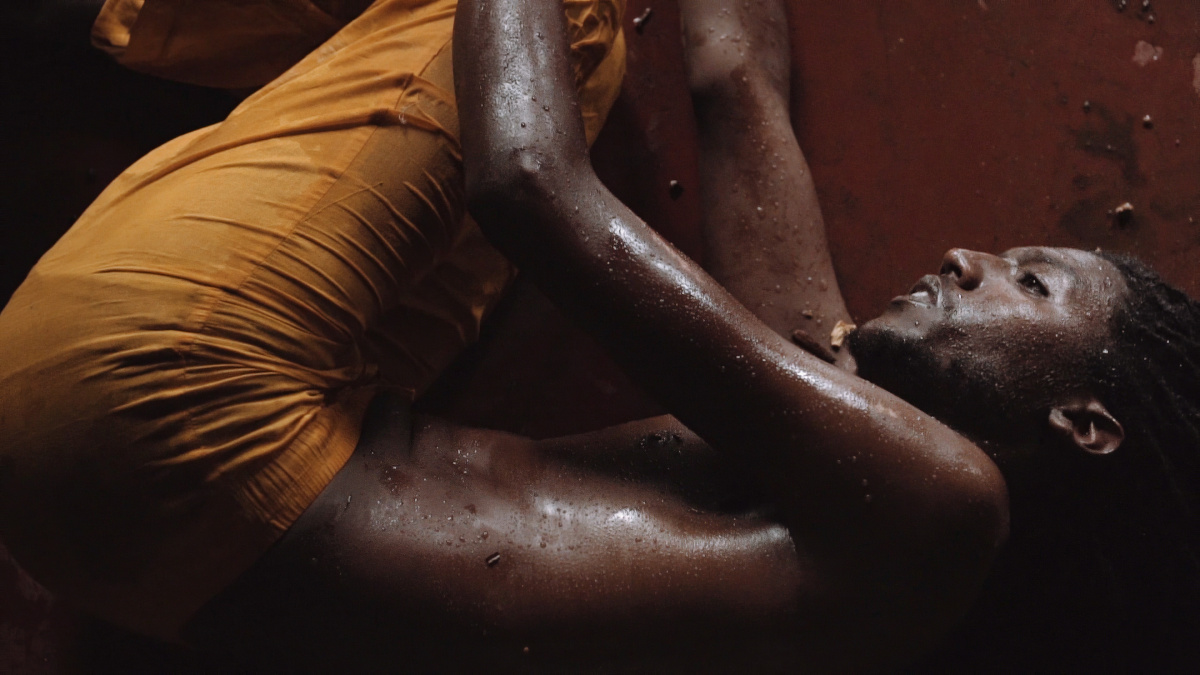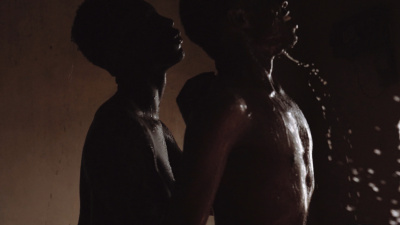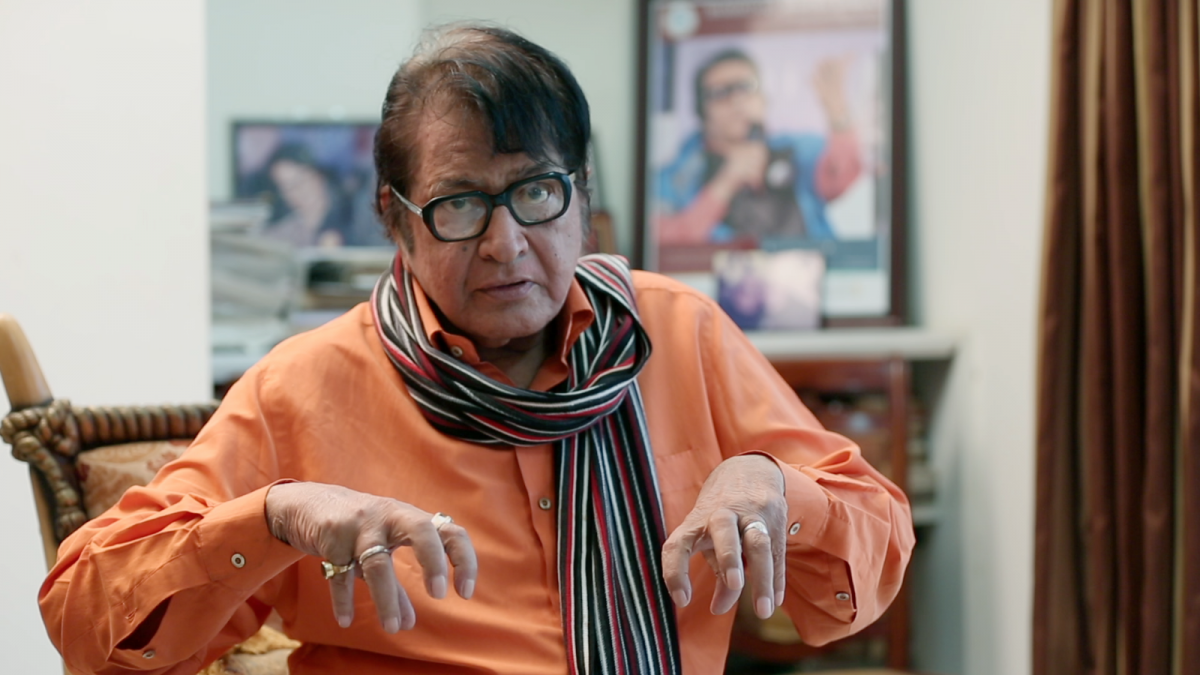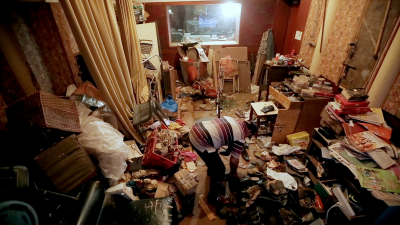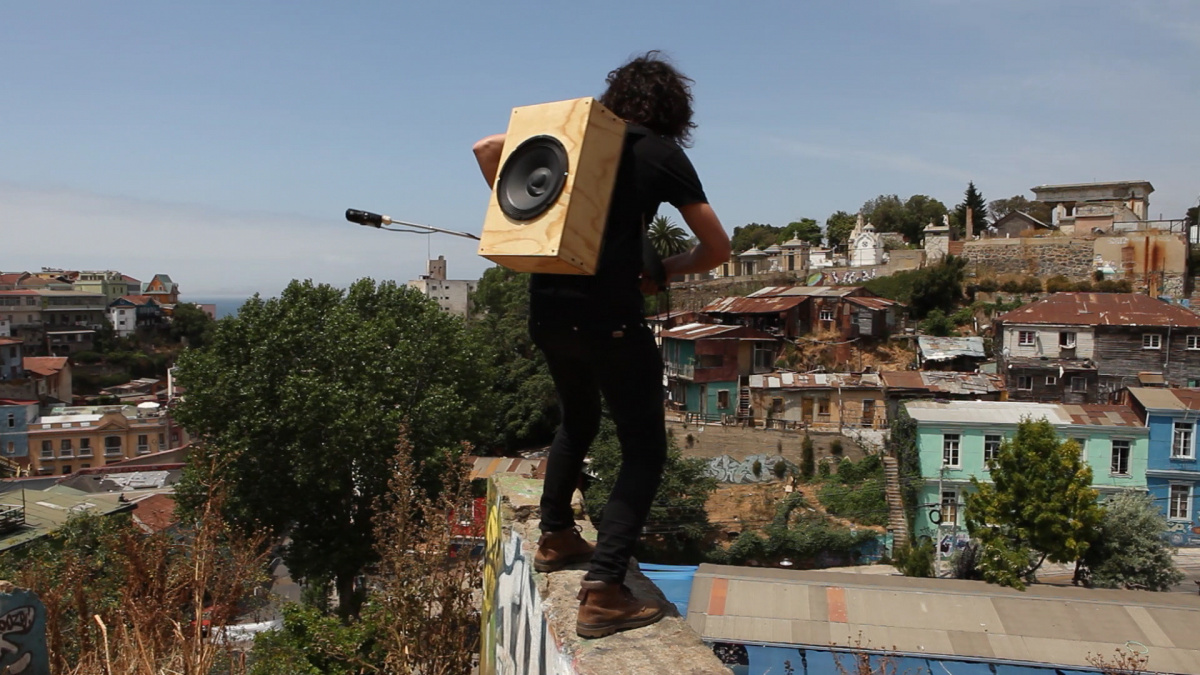
Hearing Is Believing
Watching Raquel Castro’s film SOA, sound artist KMRU – real name Joseph Kamaru – finds confirmation of his own beliefs about the prevalence, importance, and unseen effects of sound – and the importance of listening.
→ Check all articles of this special
→ Download PDF with introduction and table of contents
«What we hear may help us understand better who we are and where we come from», states the opening text in the film SOA by Raquel Castro. Indeed, there is no doubt that the discourse around sound and listening is becoming more critical both in art and academia. Today, more artists are investigating the topics of sound, noise, silence, and listening, and the relationship of sound to – and its effects on – our environment and ecosystems. The more we listen, the more we hear things, even the sounds that we do not usually pay attention to. We are constantly listening and responding to the sounds and vibrations of our natural worlds, and our bodies are constantly being exposed to sounds.
Antenna Trees and Sound as Ecology
As such, the practice of field recording has grown in the past years, and with the normalization of the required technology, recording and documenting sounds has become a creative tool. Approaches differ, but there is a prevalent question of the listening mind, body, and ear. In SOA, Chris Watson and Akio Suzuki perhaps illustrate this best. The former explains how trees have been listening and responding to vibrations for centuries; the latter urges us to learn from trees, to be aware of our surroundings, and to make listening a hobby. Just recently, I discovered that trees are naturally conductive and can become antennas, capturing radio signals. Just as our bodies are penetrated by these unseen frequencies, even natural habitats engage with these sounds. It’s important that we are aware that civilization is changing much of our listening habits, silencing our environments. We need to be respectful of other species and realize that the sonic environment is shared with other living beings.
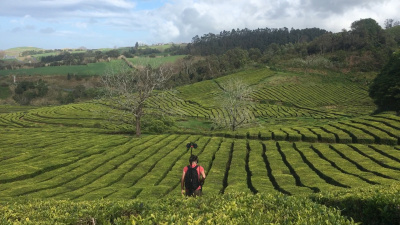
Sounds are ecological properties of our surroundings, and affect our perception of space and our relationship with activities occurring within cities. Different places have identifiable sonic identities relating to their specific locations and the auditory culture of the place. We are influenced by the environments we live in, but mostly not aware of them. This became apparent to me when I first traveled to Berlin and realized how different its sonic identity is from Nairobi. Sounds communicate the different senses and properties of the respective cities: Berlin has more motor sounds, while Nairobi has more sounds of people. We experience these sounds on a daily basis and it is important that we know how they affect us. If they change, they might indicate that something is different, and if we are attentive, we will notice it.
Hidden Noise and Activated Listening
Noise also plays a huge role in a city’s identity. Most of this can’t be heard by our naked ears. As Jez Riley French mentions in the film, these hidden sounds force you to reconsider what you think is there. Likewise, since I started collecting electromagnetic sounds, my perception of everyday reality has changed. I have realized that nothing looks the way it sounds. This encourages more awareness of the inaudible and how it may affect our social environment.
There is a need for a more activated way of listening to our environment, which can lead to greater awareness of what’s around us. Artists can help with this. Works that help us to experience sound deeply, making us aware of our ears and bodies which listen all the time, are more necessary than ever.
The film «SOA» by Raquel Castro was officially selected at the Norient Film Festival NFF 2021. See full program here.
This text is part of Norient’s essay publication «Nothing Sounds the Way It Looks», published in 2021 as part of the Norient Film Festival 2021.
Bibliographic Record: Rhensius, Philipp. 2021. «Editorial: NFF 2021 Essay Collection.» In Nothing Sounds the Way It Looks, edited by Philipp Rhensius and Lisa Blanning (NFF Essay Collection 2021). Bern: Norient. (Link).
Biography
Links
Published on January 15, 2021
Last updated on April 09, 2024
Topics
Ecology describes the relationships among living organisms. At Norient, we add sounds and music, asking, for instance: what does a field recording tell about the environment it was recorded?
Why do people in Karachi yell rather than talk and how does the sound of Dakar or Luanda affect music production?
Does a crematorium really have worst sounds in the world? Is there a sound free of any symbolic meaning?
A generative practice that promotes different knowledge. One that listens is never at a distance but always in the middle of the sound heard.
Snap
